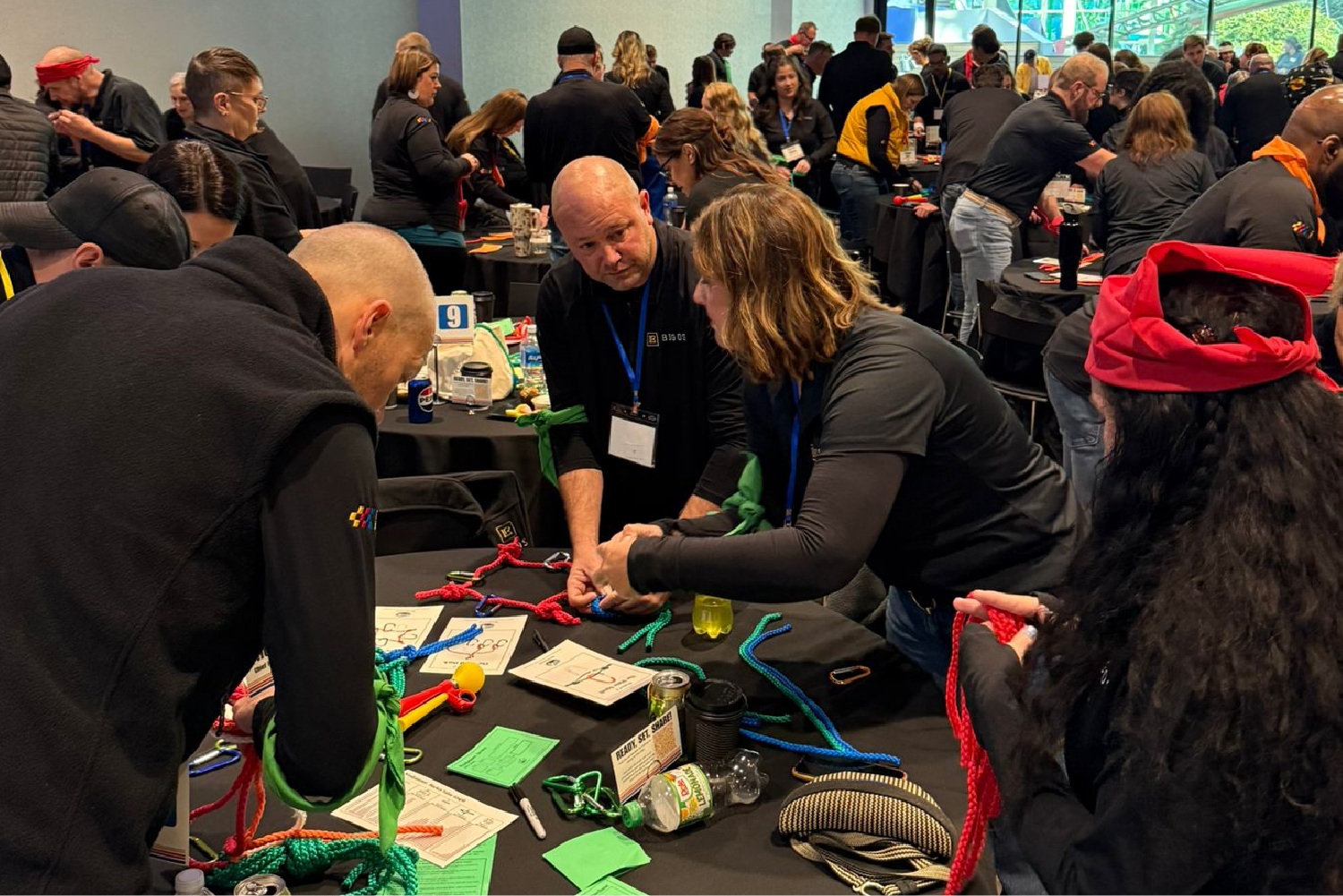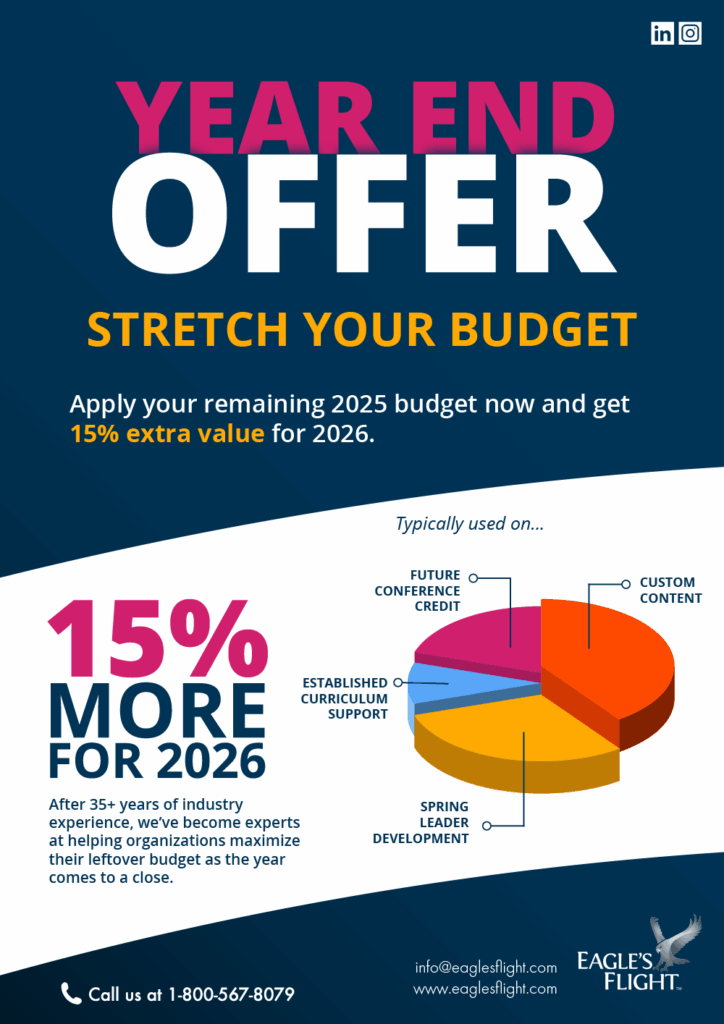Why Learning and Development is a Key Driver of Employee Engagement and Growth in 2025
Leadership excellence in 2025 demands more than just technical expertise or traditional management skills. It requires leaders who are not only adaptive but also deeply committed to fostering growth and engagement among their teams. The foundation for this evolution lies in a robust Learning and Development (L&D) strategy, which empowers both individuals and organizations to thrive in an era marked by rapid change.
The first step toward this transformation begins with leaders themselves. Leadership today is no longer about dictating tasks but about embodying the behaviors and mindset necessary to inspire and empower others.
Leading with Empowerment
For many leaders, especially those accustomed to doing the heavy lifting alone, shifting to a more collaborative style can be challenging. Sharing responsibilities such as planning, decision-making, and task execution might initially feel like relinquishing control. However, reframing this as an opportunity to develop your role—and your team’s capabilities—can make all the difference.
Empowerment stretches your people skills, accelerates creativity, and enhances your coaching abilities. It transforms leaders into facilitators who integrate diverse human elements into a cohesive, high-performing team. But what specific areas should leaders focus on to ease into this evolving role?
1. Ego: Step Aside for Growth
One of the greatest barriers to empowering others is the leader’s own ego. Employees who see their leader as the sole problem solver or ultimate authority may hesitate to rely on their own strengths. In 2025’s corporate world, leaders must prioritize enabling their teams over showcasing their own capabilities.
A study by Harvard Business Review highlights how humble leadership, characterized by openness and a willingness to learn, creates more engaged and innovative teams. Read more about humble leadership and its impact here.
2. Behavior: Walk the Talk
Empowerment isn’t just a buzzword; it’s a visible, actionable commitment. Leaders must demonstrate their belief in their team’s potential by avoiding micromanagement and encouraging autonomy. In the early stages, this can feel uncomfortable, as mistakes are a natural part of growth. Yet, as Deloitte’s 2025 workforce report emphasizes, fostering an environment of psychological safety is critical for long-term employee engagement and innovation. Learn about fostering psychological safety in the workplace.
3. Attitude: Encourage Collaboration, Not Competition
When team members propose new ideas or different approaches, avoid interpreting them as challenges to your authority. Instead, cultivate a culture of collaboration where diverse perspectives are valued. Remaining open to alternative viewpoints not only strengthens your team but also enriches your leadership approach.
4. Feedback: Make it Continuous and Inclusive
Feedback in 2025 is no longer a one-way street. It’s a continuous dialogue that flows between leaders, teams, and peers. Encouraging open communication within the team strengthens relationships, boosts morale, and helps refine collective efforts. Leaders should guide their teams to share constructive criticism and celebrate successes together.
5. Conflict: Focus on the “Why,” Not the “Who”
Conflict is inevitable, but how it’s managed determines whether it becomes a growth opportunity or a stumbling block. By focusing on the root cause of issues rather than assigning blame, leaders model problem-solving behaviors that prioritize team goals over personal agendas.
The Long-Term Impact of Empowerment
Empowerment isn’t an overnight transformation. It involves reshaping attitudes, behaviors, and deep-seated habits, both in leaders and their teams. This process requires patience, persistence, and a willingness to embrace discomfort for the sake of growth.
As organizations evolve, L&D will remain central to these changes. By investing in continuous learning and creating an environment where empowerment thrives, leaders can drive employee engagement and organizational success in ways that are sustainable and transformative.





